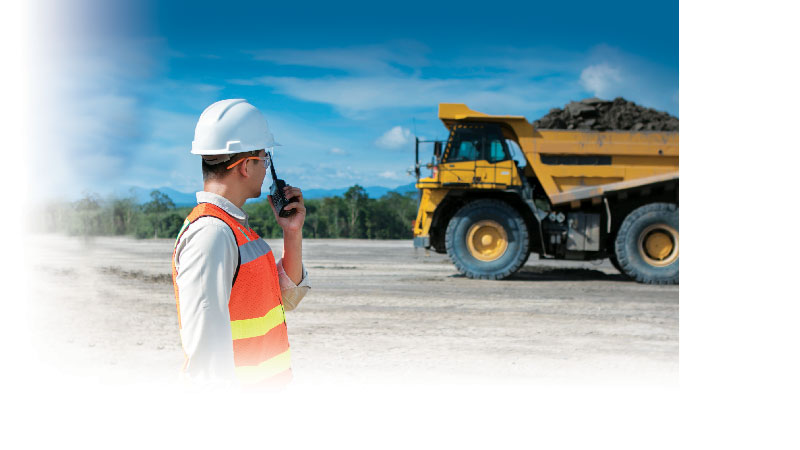How a changing landscape and lessons learned can help gold and other resource mining companies capitalize on the impending boom
Buyer Beware! Mergers and Acquisitions (M&A) are expected to increase in the mining sector over the coming years. This will lead numerous companies to face a new paradigm within the industry. Even when those assets are in traditionally safe jurisdictions, a tectonic shift in how mines must now operate is already increasing the risks for companies that are not prepared to take on the new challenges.
“There are a lot of things that were not really an issue five years ago, but today they can make or break your project,” said Antonio Maragakis, COO of Element79 Gold Corp., a junior mining company with a growing list of global assets.
Maragakis has a long history in the mining and energy fields. His resume includes management and director-level positions overseeing multi-billion-dollar project portfolios internationally within organizations such as Barrick Gold Corporation, Freeport-McMoRan Inc., and Koch Industries.
“Everybody has a mining site that may be the next big thing,” added Maragakis. “However, I think there's a lot more in play now than just having a good property from a technical perspective. There's ESG, new technology, the lack of talent, logistics. Today, there’s a long list of non-technical aspects that are just as important as geology and metallurgy.”
ESG
At the forefront of those changes is how miners operate in terms of their relationship with the environment, societies and governance. While there is a long list of environmental disasters that the industry has experienced over the last few decades, and strives to improve upon, another aspect of ESG is becoming a growing concern.
“I can’t emphasize society enough. Seven or eight years ago it was important, but today it is absolutely critical,” explained Maragakis.
Case in point, in 2013, Canadian-based Eldorado Gold Corp. took on a project in Greece. It was intended to be a test case on the country’s ability to attract foreign investment, which was badly needed in order to boost the Greek economy.
“They had all the permits, all the funding, everything was good to go,” explained Maragakis. “It was supposed to be a two-year construction, and it’s still half-built today.”
A failure of the permitted project to meet the expectations of the government, society, and the company resulted in the project being put into care and maintenance.
“The good news is the company seems to have addressed the outstanding issues and has a path to restart the project again.”
Another recent example of where the needs of the local community were not properly addressed was in Peru at MMG Ltd’s Las Bambas copper mine location. That projects, which had already been producing, was completely stopped at the end of 2021.
According to reports, local residents rebuffed the project and argued that the mineral wealth of the mine was simply bypassing them. In turn, they protested in an attempt to secure more jobs and money for the area. To this point, mining companies would be wise to heed the warning of the growing list of societal shutdowns and begin taking a more joint venture approach with the local communities and governments.
“The litmus test should be that the local society is proud to be working with the mine and is the biggest partner and proponent, rather than its disgruntled neighbor,” said Maragakis. “This means establishing concrete plans that meet both their immediate and future needs.”
Furthermore, ESG is not just about avoiding environmental disasters or working more closely with the local communities – both are paramount. Maragakis, who has a Ph.D. in Sustainability, also believes that precious mining could help matters by pushing forward to reduce the industry’s environmental footprint.
“If you can utilize the right energy and control water consumption, the mining part is very sustainable,” he said. “You only pull about 10 grams per ton out of the ground, and then you can put everything else back in.”
In fact, he said Element79 is among a handful of companies currently exploring new technologies and methodologies that are going to put them on the bleeding edge in regards to sustainability.


 1-866-985-9780
1-866-985-9780